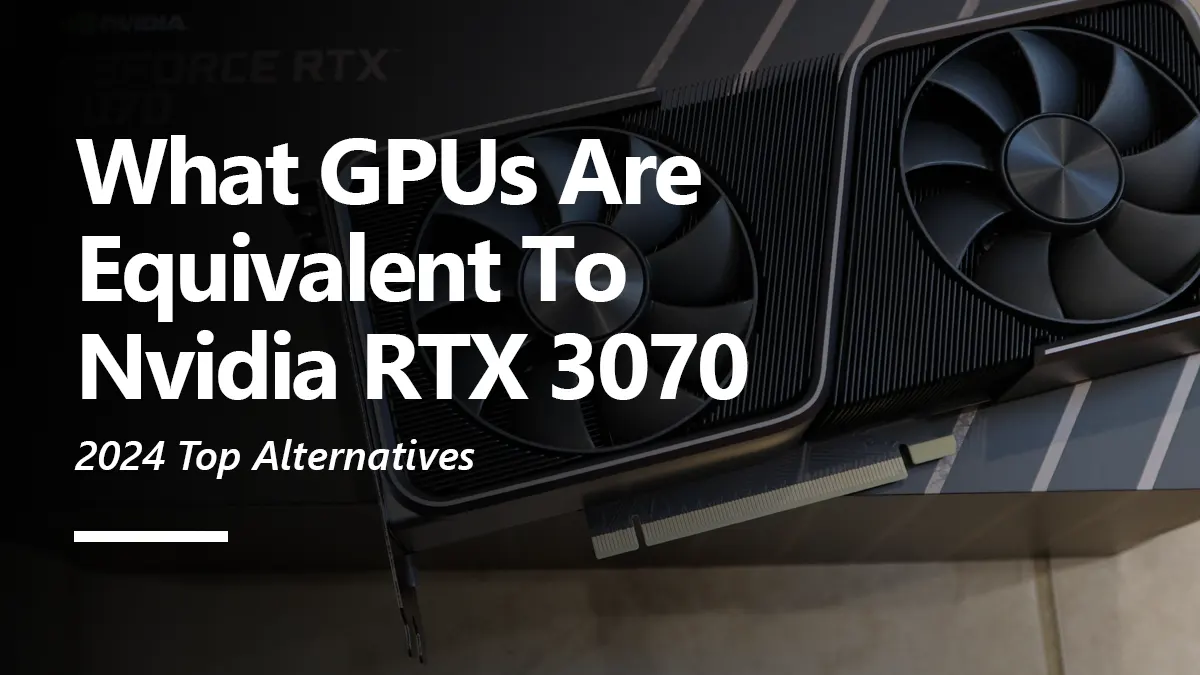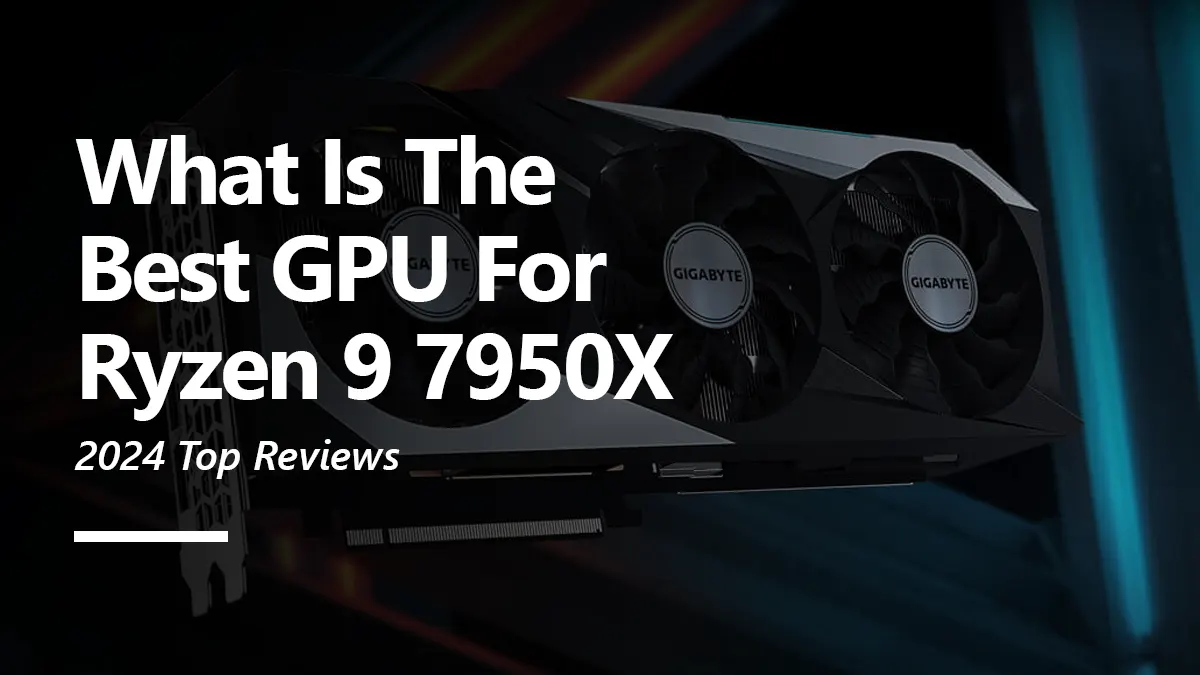AMD juggles a lot of CPU launches each year, and among those launches, the most sought-after options for gamers are the ones with no integrated GPUs. However, AMD also introduces processors with integrated graphics oriented for all-in-one usage. One such processor is the Ryzen 7 5700G.
The Ryzen 5700G comprises relatively older integrated graphics based on Vega-8 architecture, remodeled as the Radeon graphics. Although the CPU itself is pretty formidable, with eight cores and sixteen threads, the iGPU has also been regarded as one of the fastest integrated GPUs out there. What makes the iGPU in the 5700g so good is its eight graphics cores and about 2 GHz clock speeds.
It’s fascinating to witness newer CPUs coming with integrated GPUs. In the pursuit of making CPU chip sizes smaller, integrated graphics have seen a lot of improvement over the years. Entailing their own dedicated cores and speeds, these graphics are easily comparable to low-end GPUs of the olden times.
GPU equivalent to the Ryzen 7 5700G
The Ryzen 7 5700g can provide a low-end or entry-level 1080p gaming experience. This feat makes it an easy match for the GTX 950 and RX 560 GPUs, both of which are pretty old GPUs. The Ryzen 7 5700g is slightly more efficient than both, but they are excellent references for understanding its effectiveness.
The GTX 950 has been the assigned choice for many years for low-end gaming, as well as the RX 560. After a few years, their sub-100$ costs made them an easy pick, and while they could provision decent FPS, they aren’t really future-proof and have become more or less obsolete at this point, and would be out of the count if not for their price that they are available at.
Nvidia GTX 950
Back in 2014, the GTX 950 was considered an excellent low-end GPU with much to offer for that time. With simple graphical assets, the games weren’t seriously demanding, so the 950 shined as a default choice for many budget-stuck gamers.
Using the Maxwell architecture and 28nm processing chip, the GTX 950 didn’t age gracefully because of its measly two gig memory. The 950 has some redeeming qualities, such as over 700 shading units and over 1 GHz clock speeds.
It is capable of 1080p gameplay but at shallow settings on modern games. However, if you are looking for a simple computing experience with a margin for upgrade, the GTX 950 works well enough to get you through your day.
AMD Radeon RX 560
The RX 560 is part of a timeless series, some still being used for not-too-heavy games. The 560 is three years younger than the GTX 950 and utilizes the GCN 4.0 architecture, a fundamental tech for many of AMD’s graphics processors.
The RX 560 has a four-gig video memory and over a thousand stream units. These units work at 1275 MHz speeds. Moreover, this card has a 14nm chip that is power-wise efficient and works well within its bounds.
It is slightly faster than the GTX 950 but a tad slower than the Ryzen 5700g iGPU. Although its low-end performance is enough to run games at perceivable graphics, it’s only apt for very light gaming and day-to-day tasking.
Best Suitable GPUs for the Ryzen 7 5700G
Enough about the integrated GPU. If you are getting this processor for gaming and content creation, you will need an external dedicated graphics card. Fortunately, we have just the right GPUs for you to pair with the Ryzen 7 5700g.
The best graphics cards that fit the Ryzen 5700g like a glove are the RX 6700 XT and RTX 3060. The RTX 3060 is a more content/gaming-oriented GPU with much to deliver in both domains. It capitalizes on exquisite features to give a purposeful creative experience with smooth gaming frames for 1440p.
The RX 6700 XT is a brilliant card with tremendous graphical power. It effectively executes game and visual assets at a higher resolution of at least 2K and facilitates a much-refined experience. Furthermore, it garnishes its outstanding performance with marvelous pricing and a sweeping value for money.




